Protect Your Teachers And Students Body
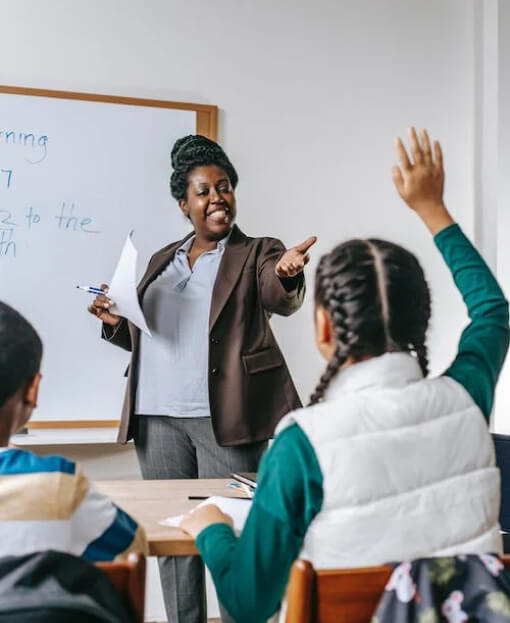
Protect Your Teachers And Students Body
On-site learning
We are proud to support:
Always Make Sure Your School Has Enough:
-

Hand Sanitizer
-
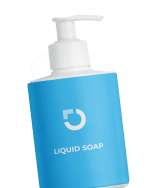
Face mask
-

Tissues
-

Liquid soap
-

Cleaning wipes
Ideally, trash cans should be able to open/close using your feet instead of your hands and there should be easy-to-access sinks to wash one’s hands.


Returning To Onsite Learning Safely
As per the CDC’s recommendations, schools should promote safe behaviors, thus reducing the spread of COVID-19. They should maintain a healthy environment and operations as well as have a protocol in place in the event of an infection.
It is also recommended to make use of PCR testing or antigen testing. This will enable your decision-makers to make data-driven informed decisions.


According To The People With These Symptoms May Be Infected With COVID-19:
While this list does not contain all possible symptoms of COVID-19, it provides a general idea of what infected individuals may suffer. If you have any of these symptoms consult your doctor and make sure to get tested.
Helpful Information For Your School Admins
-
Let your student body and staff know that if they have been in close contact with a person infected with COVID-19 in the last 24 hours, they should stay home and test themselves. Put protocols in place that encourage those who are sick to stay home without having to worry about any reprisals.
-
Offer remote learning options if possible
-
Make sure that staff and students follow CDC recommendations if they show symptoms of COVID-19 or test positive for the virus.
-
Educate your staff and students about handwashing and make sure they adhere to the 20-second water and soap rule.
-
When coughing or sneezing make sure they cover their mouth and nose with a tissue. Also, make sure they discard used tissues in the trash and they wash their hands right after.
-
Promote the use of hand sanitizer and frequent handwashing.
-
Every tool at our disposal should be utilized, including the correct use of masks. While masks may not offer full protection from the COVID-19 virus, it does offer the first line of defense making it a good strategy to use.
-
Consistent and correct use of the mask is important to understand as using the mask wrong will not provide the same level of protection.
-
Remember that masks are not to be used on children under 2, or anyone who has problems breathing or is incapacitated.
-
Masks are a tool, but they are not always appropriate. There are instances where a mask may not be the best idea and school administrators should take adaptations and alternatives into account.
-
Hearing impaired individuals may have additional difficulties with masks as they may rely on lipreading. A clear mask may be a feasible solution in these cases.
Tips and advice for your student body as they return to school:
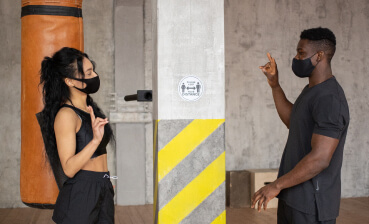
Remind your students what 3 feet of distance really looks like by showing them examples.
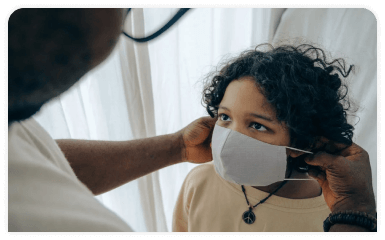
Show correct mask positioning and wearing.

Review and refresh handwashing techniques, making sure they know how long to wash and how to make sure they do not stop early.

Show your students how to watch for symptoms and when to think about testing.
EMERGENCY SIGNS*
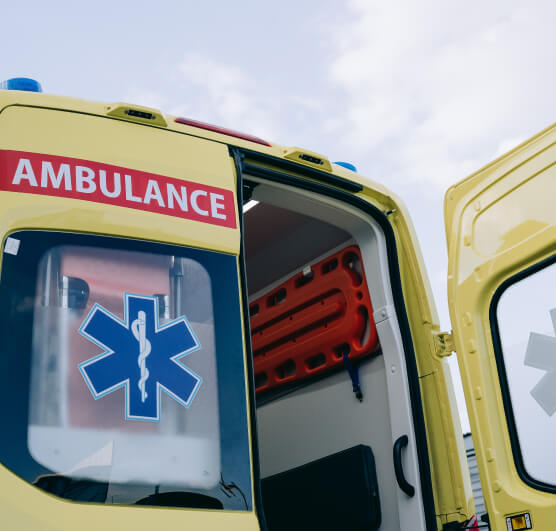 50,000
Patients
50,000
Patients
EMERGENCY SIGNS*
Pay attention to:
-
Difficulty breathing
-
Inability to wake or stay awake
-
Persistent pressure and pain in the chest
-
Pale, or blue-colored skin, lips, or nail beds showing signs of hypoxemia
-
Sudden confusion

EMERGENCY SIGNS*
Pay attention to:
-
Difficulty breathing
-
Inability to wake or stay awake
-
Persistent pressure and pain in the chest
-
Pale, or blue-colored skin, lips, or nail beds showing signs of hypoxemia
-
Sudden confusion

